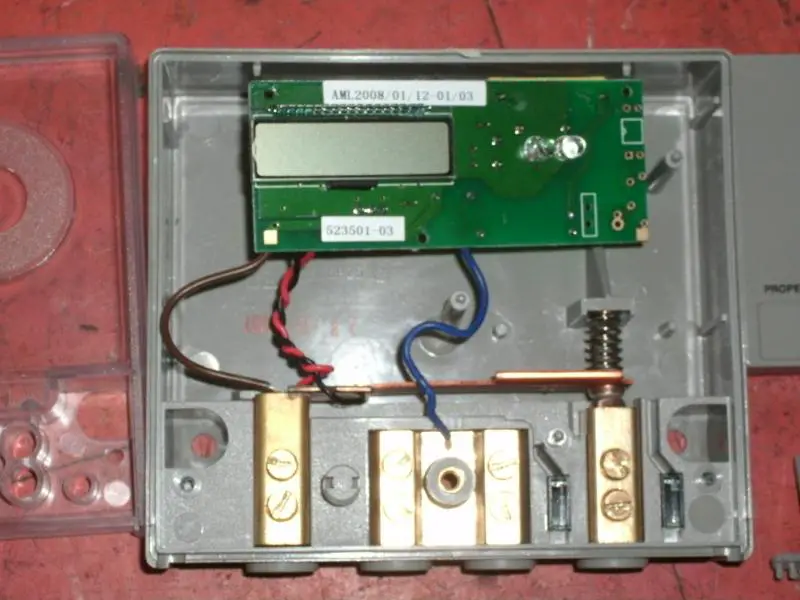At the end of the day there is a means of isolation at the main fuse, which is the equivalent position as the gas isolation point.
The difference is that access to the electricity equipment is restricted for good reason (to the industry anyway)
Now I can see your point but would suggest wiser folk than ourselves have decided to maintain the status quo with no need to fit an isolator anywhere else.
If others wish to lobby for a change that is their right.
So one reason could be if the CU isolator catches fire, so would you then suggest there needs to be a means of isolating somewhere if the cutout catches fire? How far should we go?
It's been like this for over 100 years with no major issues so why do we need to change something that may not be an issue (I regularly talk to local electricians, non have suggested that isolators are needed.
A final point in this post, there seem to be agreement that connections are a weak point in an installation, yet here we are discussing adding a further 4 connections at the point of highest load of an installation!
The difference is that access to the electricity equipment is restricted for good reason (to the industry anyway)
Now I can see your point but would suggest wiser folk than ourselves have decided to maintain the status quo with no need to fit an isolator anywhere else.
If others wish to lobby for a change that is their right.
So one reason could be if the CU isolator catches fire, so would you then suggest there needs to be a means of isolating somewhere if the cutout catches fire? How far should we go?
It's been like this for over 100 years with no major issues so why do we need to change something that may not be an issue (I regularly talk to local electricians, non have suggested that isolators are needed.
A final point in this post, there seem to be agreement that connections are a weak point in an installation, yet here we are discussing adding a further 4 connections at the point of highest load of an installation!


